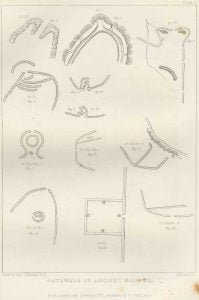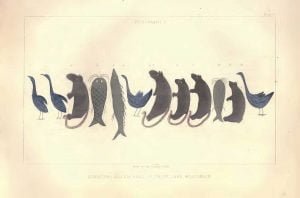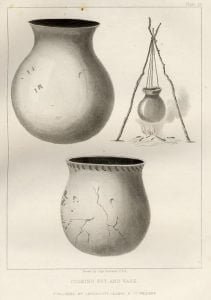Ancient Skill in Fortification
The area which is embraced by works of this kind is very large: west of the Alleghanies it embraces the greater portion of the entire Mississippi valley, extending to Minnesota and the banks of many of its confluent streams. The valley of the Ohio appears to have been a favorite field of ancient occupancy. Its fertile soil; its mild climate; its varied resources; and its picturesque character and beauties, appear to have been as well appreciated and understood by its ancient as its present inhabitants. That its possession was coveted, that it was long cherished, and perhaps often fought for, … Read more




